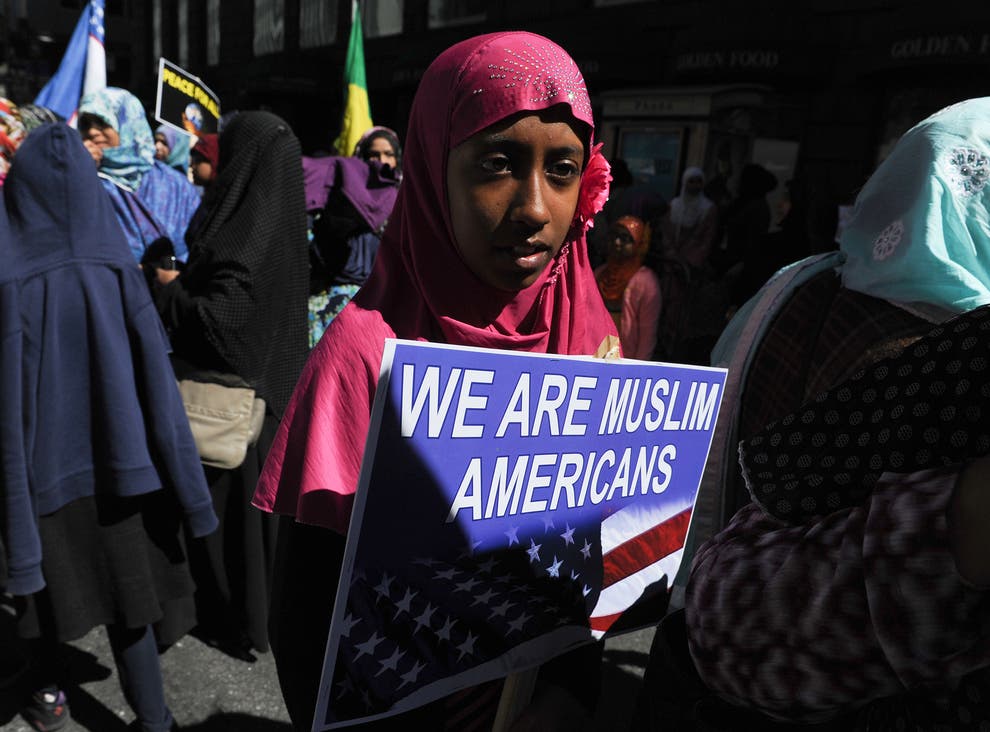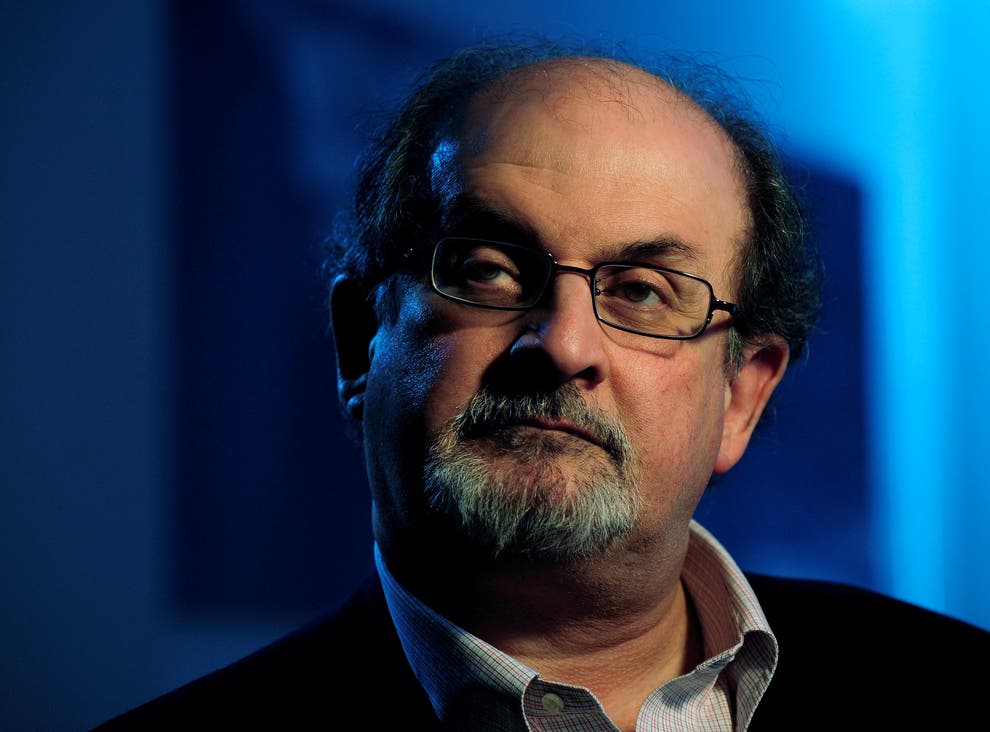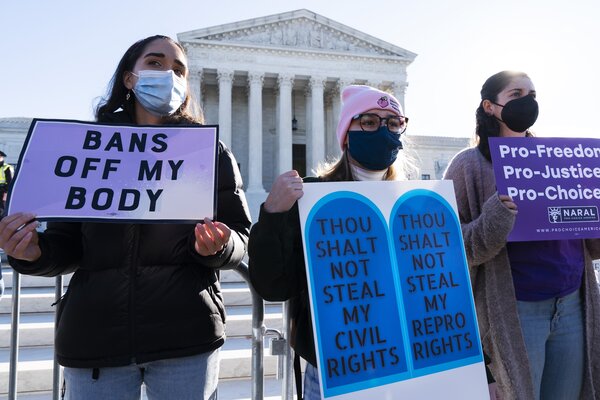February 9, 2014
SHORTLY BEFORE SUNUP, a dozen or so students at the University of California, San Diego, stumbled dutifully out of bed. They ironed their collared shirts, knotted their ties and piled into their cars. Their destination was the Islamic Center of San Diego, where they were to be initiated into the country’s first Muslim fraternity, Alpha Lambda Mu, named for three letters that start several chapters of the Quran: Alif Laam Meem.
Alpha Lambda Mu was founded just a year ago by Ali Mahmoud, a junior biology and sociology major at the University of Texas, Dallas, as a national fraternity for Muslim college students. Mr. Mahmoud, who is seeking university recognition and a house for his chapter, hosted the first formal rush this fall: 40 students showed up, and half were offered bids. A total of 24 members now make up the Texas chapter.
The directive is for spiritual students to have more fun, and convivial ones to incorporate more spirituality in their lives. Mr. Mahmoud’s guidebook stipulates that chapters organize events every semester. Some are to be purely social, others to teach life skills, encourage volunteer work and enrich members with Islamic culture.
Sometimes referred to as the post-9/11 generation, Muslim-American college students say they have long struggled with the prejudices and suspicions that have come with the West’s unsettled relationship with the Arab world. This has led them to explore more thoroughly their dual identity, and to strive to show the world who they are and how they want to be perceived, said Lori Peek, the author of “Behind the Backlash: Muslim Americans After 9/11.” “The formation of a fraternity represents a really thoughtful reflection on their part,” Dr. Peek said. “It moves these students out of the private sphere and into a more public space where they are effectively spanning two cultures.”
Two reports by the Gallup Center for Muslim Studies indicate that an evolution has indeed occurred. In 2009, 40 percent of Muslim Americans ages 18 to 29 said they were thriving, the lowest percentage in that age group. By 2011, 10 years after the terrorist attacks, that number had risen to 65 percent.
Only 1.4 percent of American college freshmen are Muslim, according to a Higher Education Research Institute survey in 2012, up from 0.9 percent in 2005. But with growing interest in Islam, more campuses are providing prayer spaces and cultural centers. In 1999, Georgetown became the first university to hire a full-time imam. In recent years, Yale, Princeton and Northwestern have brought in Muslim chaplains.
The Muslim Student Association, founded in 1963, is the voice of this movement and now has more than 200 affiliated chapters in the United States. It has pushed for greater awareness about Islamic culture and helps members procure scholarships and internships. The group has generated controversy as well. The chapter at the University of California, Irvine, was suspended for the 2010 fall semester after members protested a campus speech by the ambassador to Israel. And in 2012 the organization made headlines, and elicited sympathy, amid reports that the New York City Police Department had surreptitiously monitored chapters at Yale, Columbia and other East Coast campuses.
NY Times: http://www.nytimes.com/2014/02/09/education/edlife/greek-life-islamic-style.html?_r=0






